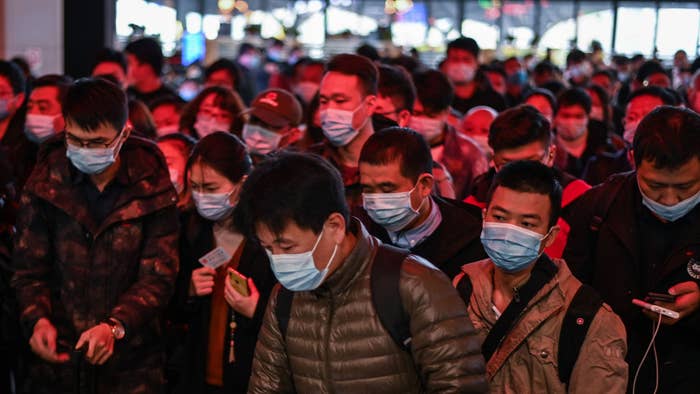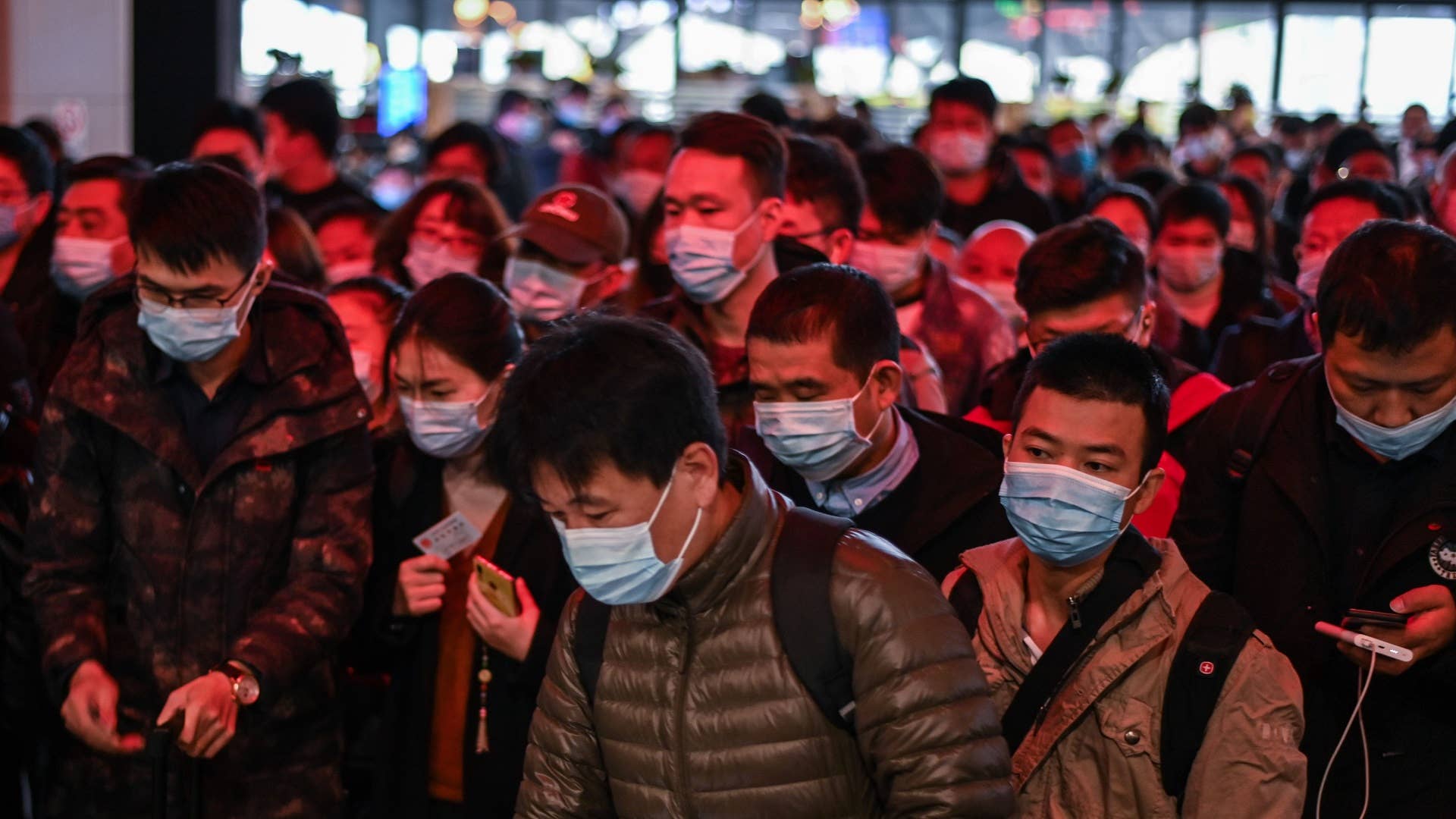
New documents leaked by a whistleblower in the Chinese healthcare system suggest that Chinese officials lied about the official count of coronavirus cases in the early days of the virus.
According to CNN, The series of documents, which also tell of a previously undisclosed spike in flu cases in the months before the initial outbreak in Wuhan, paint a picture of a confused government response that was figuring out how to deal with the new virus on the fly. The initial underreporting seemed to come from a combination of dealing with a novel virus, wanting to underplay the seriousness of the situation on a global stage, and learning how to test for the virus effectively.
The most glaring discrepancy came on February 10, when China reported 2,478 new cases publicly, while internal, classified documents noted 5,918 newly detected cases. A later internal report on March 7 put the death toll in Hubei at 3,456, while the government shared reports of 2,986 deaths. The papers were leaked by an anonymous healthcare worker who considers himself a “patriot.”
The government of China admitted to no wrongdoing in a recently released White Paper.
"While making an all-out effort to contain the virus, China has also acted with a keen sense of responsibility to humanity, its people, posterity, and the international community. It has provided information on Covid-19 in a thoroughly professional and efficient way,” they said. “It has released authoritative and detailed information as early as possible on a regular basis, thus effectively responding to public concern and building public consensus.”
Health experts who spoke with CNN note that the Chinese government was in uncharted waters at the time. While accusations of downplaying the crisis have dogged the country from the beginning, the United States' handling (or lack thereof) of the virus seems to indicate that spread in this country was inevitable.
"It was clear they did make mistakes — and not just mistakes that happen when you're dealing with a novel virus — also bureaucratic and politically-motivated errors in how they handled it," Council on Foreign Relations fellow Yanzhong Huang told CNN. "These had global consequences. You can never guarantee 100% transparency. It's not just about any intentional cover-up, you are also constrained by technology and other issues with a novel virus. But even if they had been 100% transparent, that would not stop the Trump administration downplaying the seriousness of it. It would probably not have stopped this developing into a pandemic."
Other medical experts noted that the government was slow to report real numbers because of the inconsistency of early testing and the newness of the virus.
"They're only testing for what they know — this [coronavirus] is an unknown unknown," said Dr. Amesh Adalja of Johns Hopkins University in an interview with CNN. "We're just not that great at diagnosing them. We look for the usual suspects. We're always looking for the horses, but never the zebras."
Meanwhile, it is December 1 and the United States has still not developed an effective, top-down strategy to test and trace cases of coronavirus. Even without universal testing, the U.S. leads the world in confirmed cases with over 13 million people infected. It also leads the world in deaths from the disease with nearly 265,000.

